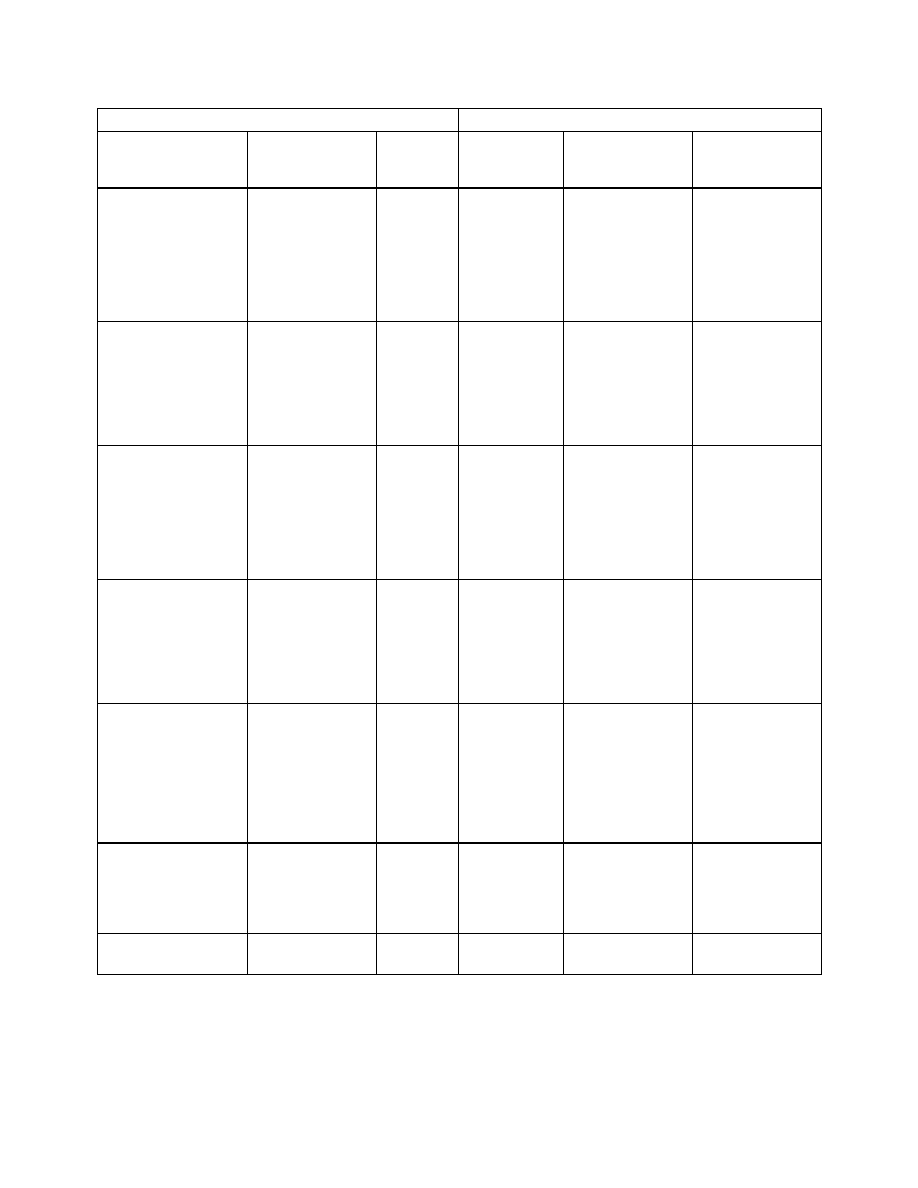
AIM
4/20/23
CPDLC Message Sets
Operational Definition in PANS
−
ATM (Doc 4444)
FANS 1/A
ATN B1
Response
Message
Element
Identifier
Message Element
Intended Use
Format for
Message Element
Display
UM23 DESCEND TO UM23 DESCEND
W/U
LVLU
−
9
Instruction that a
DESCEND TO
AND MAINTAIN
TO (
level
)
descent to the
(
level
)
(altitude)
specified level or
Note
−
Used for a
vertical range is
single level
to commence and
once reached is
to be maintained.
UM36 EXPEDITE
N/A
W/U
LVLU
−
6
Instruction that a
CLIMB TO (
level
)
CLIMB TO
(altitude)
climb to the
Note
−
This message
specified level or
element is equivalent
vertical range is to
to SUPU
−
3 plus
commence and
LVLU
−
6 in Doc 4444.
once reached is to
be maintained.
UM37 EXPEDITE
N/A
W/U
LVLU
−
9
Instruction that a
DESCEND TO
DESCEND TO
descent to the
(
level
)
(altitude)
specified level or
vertical range is
to commence and
once reached is
to be maintained.
UM38
N/A
W/U
LVLU
−
6
Instruction that a
CLIMB TO (
level
)
IMMEDIATELY
climb to the
CLIMB TO
(altitude)
specified level or
Note
−
This message
vertical range is to
element is equivalent
commence and
to EMGU
−
2 plus
once reached is to
LVLU
−
6 in Doc 4444.
be maintained.
UM39
N/A
W/U
LVLU
−
9
Instruction that a
DESCEND TO
IMMEDIATELY
descent to the
(
level
)
DESCEND TO
specified level or
(altitude)
vertical range is
Note
−
This message
element is equivalent
to EMGU
−
2 plus
LVLU
−
9 in Doc 4444.
to commence and
once reached is
to be maintained.
UM135 CONFIRM
N/A
Y
LVLU
−
27
Request to confirm CONFIRM
ASSIGNED
the assigned level. ASSIGNED
ALTITUDE
LEVEL
Note
−
NE response
attribute
UM177 AT PILOTS
DISCRETION
N/A
NE
See Note
Request to confirm
the assigned level.
NOTE
−
ICAO Document 10037, Global Operational Data Link (GOLD) Manual does not include this in its tables.
En Route Procedures
5
−
3
−
4